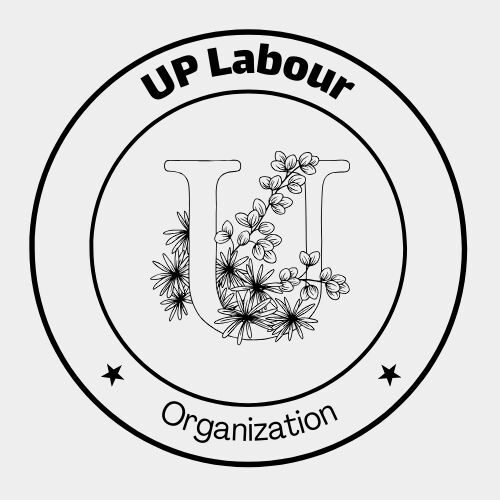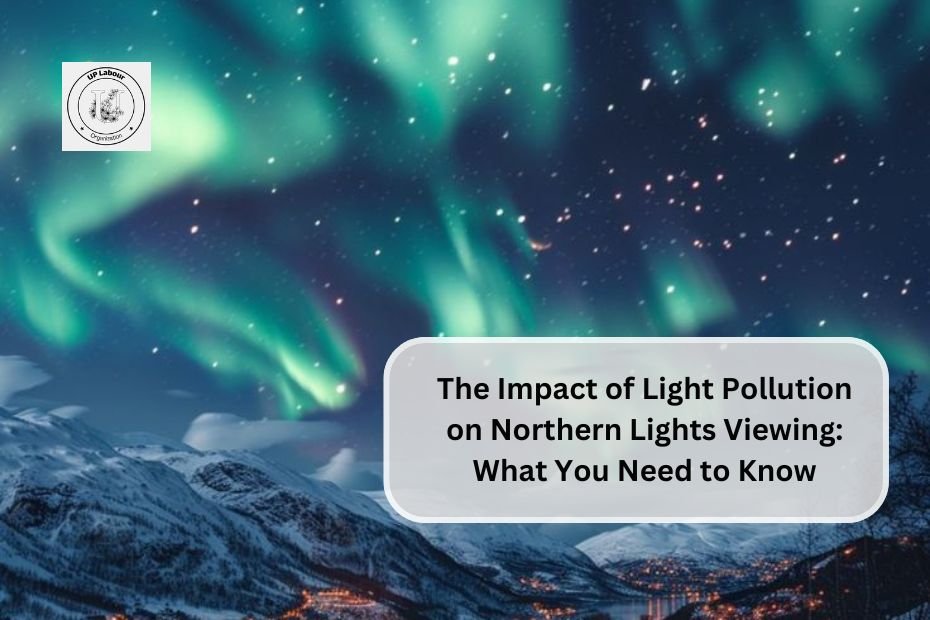Light pollution is an increasing concern for those hoping to witness the stunning natural display of the Northern Lights, or aurora borealis. This phenomenon, caused by solar particles colliding with Earth’s atmosphere, creates mesmerizing colors in the night sky. However, the brilliance of the auroras can be significantly diminished by artificial light sources prevalent in urban areas. Understanding how light pollution affects Northern Lights viewing is essential for enthusiasts and travelers alike.
What is Light Pollution?
Light pollution refers to the excessive or misdirected artificial light produced by urban environments, which brightens the night sky and obscures celestial objects. It manifests in various forms, including:
- Skyglow: The brightening of the night sky over populated areas.
- Glare: Excessive brightness that causes visual discomfort.
- Light trespass: Unwanted or intrusive light spilling into areas where it is not needed.
These factors combine to create a night sky that can be up to 100 times brighter in urban settings compared to natural dark-sky locations. This overwhelming brightness makes it difficult to see stars and other celestial phenomena, including the Northern Lights.
How Light Pollution Affects Northern Lights Viewing
Reduced Visibility
The Northern Lights rely on clear, dark skies for optimal visibility. In areas with high levels of light pollution, such as cities, the artificial glow can drown out the faint light emitted by the auroras. This results in:
- Diminished colors: The vibrant hues of the auroras become less distinct against a brightened sky.
- Obscured details: The delicate patterns and movements of the auroras are harder to distinguish during weaker geomagnetic activity.
Even in regions close to auroral zones, like northern Sweden or Alaska, light pollution can significantly hinder visibility. As noted by researchers, urban areas often have skyglow that interferes with the contrast needed to appreciate these natural displays fully.
Skyglow Interference
Skyglow not only affects visibility but also alters how auroras appear. The scattering of artificial light in the atmosphere can create a washed-out effect, making it challenging for observers to differentiate between natural auroral displays and artificial lighting reflections. On clear nights, this interference can make even strong auroras appear muted or indistinct.
Cloud Cover Complications
Clouds can exacerbate the effects of light pollution. When clouds are present, they reflect artificial light back down to Earth, amplifying its brightness and further obscuring any potential view of the Northern Lights. In fact, studies suggest that cloud cover can increase scattered light intensity by a factor of 25 compared to clear conditions. This means that even if geomagnetic activity is high enough for a spectacular display, observers in polluted urban areas may still be unable to see it due to both cloud cover and light interference.
Optimal Viewing Conditions
To maximize your chances of witnessing the Northern Lights:
- Seek dark-sky locations: Remote areas with minimal artificial lighting provide the best viewing conditions. Locations such as Abisko National Park in Sweden or northern Canada are ideal for aurora viewing due to their lack of light pollution.
- Timing is crucial: Visit during periods of high solar activity and ensure that your chosen time coincides with dark nights—generally between late August and mid-April.
- Monitor weather conditions: Clear skies are essential; cloudy nights will obscure any potential auroral displays regardless of geomagnetic activity.
Reducing Light Pollution
Efforts to combat light pollution can enhance not only Northern Lights viewing but also our overall connection to the night sky. Here are some strategies:
- Use shielded outdoor lighting: This directs light downwards rather than allowing it to scatter into the atmosphere.
- Promote dark-sky initiatives: Communities can adopt measures to reduce unnecessary lighting and preserve dark-sky locations.
- Educate others: Raising awareness about the impacts of light pollution can encourage individuals and businesses to take action.
Cities like Reykjavik have even turned off streetlights during peak auroral activity periods to allow residents and visitors a chance to experience this natural wonder without interference from artificial lights.
Conclusion
Light pollution poses a significant barrier for those wishing to enjoy the Northern Lights in their full glory. By understanding how artificial lighting affects visibility and taking steps to mitigate its impact, enthusiasts can enhance their chances of witnessing this breathtaking phenomenon. Seeking out dark-sky locations, timing visits carefully, and advocating for reduced light pollution are all essential strategies for experiencing one of nature’s most spectacular displays. As we continue to urbanize our landscapes, preserving our connection with the night sky becomes increasingly vital—not only for aurora hunters but for everyone who appreciates the beauty of our natural world.

